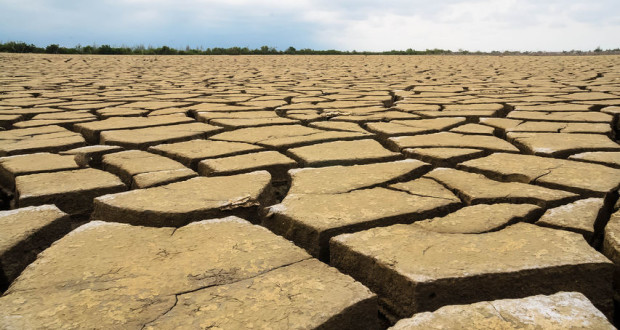As the most abundant resource on the planet, the importance of water is fairly obvious. Unfortunately, the future availability of usable water is not guaranteed, and climate-induced water shortages could become increasingly common. The state of California might already be feeling the effects of this very problem.
A Current (and Future) Problem
A 2015 study found that California’s devastating drought, which began in July 2011, has been at least been partially caused by rising worldwide temperatures. This report was authored by team of researchers from Columbia University, and appeared in the journal Geophysical Research Letters.
The study cast a wide net across the state, reviewing weather-related data collected at nearly 24,000 distinct locations. The researchers analyzed 120 years worth of data from these sites, allowing them to measure levels of precipitation, temperature, wind, solar radiation and humidity over this time frame. This imposing mound of data was then fed into computer simulation programs, providing a possible answer as to the role of global warming in fueling California’s water woes.
The results of the simulation don’t make for happy reading; a substantial portion of the damage caused by the current drought was attributed to climate change. Specifically, the authors found that human pollution had exacerbated the intensity of the drought by 8 to 27 percent. As if this conclusion weren’t sobering enough, the team also reported that California faces a very dry future. If the model is correct, America’s most populous state will be mired in chronic drought by the latter half of this century.
High Pressure and A Lack of Rain
The authors estimate that the level of human culpability in California’s drought most likely ranges from 15 to 20 percent. The remaining blame can largely be assigned to a strong ridge of high pressure, which has stubbornly occupied a large portion of the western Pacific Ocean for three years. This high pressure system has continuously acted as a sort of atmospheric roadblock, preventing rain-bringing storms from reaching California during the winter months.
Given their predictions, it is possible that recent efforts to conserve water use in California might become permanent state policy. Lead researcher A. Park Williams stated that “the current drought cannot be passed off as a fluke event very unlikely to reoccur in the near future. It would be therefore extremely unwise to discontinue current efforts to make necessary changes to water-use policies.”
 Natural Knowledge 24/7 Educate yourself with nutrition, health and fitness knowledge.
Natural Knowledge 24/7 Educate yourself with nutrition, health and fitness knowledge.






